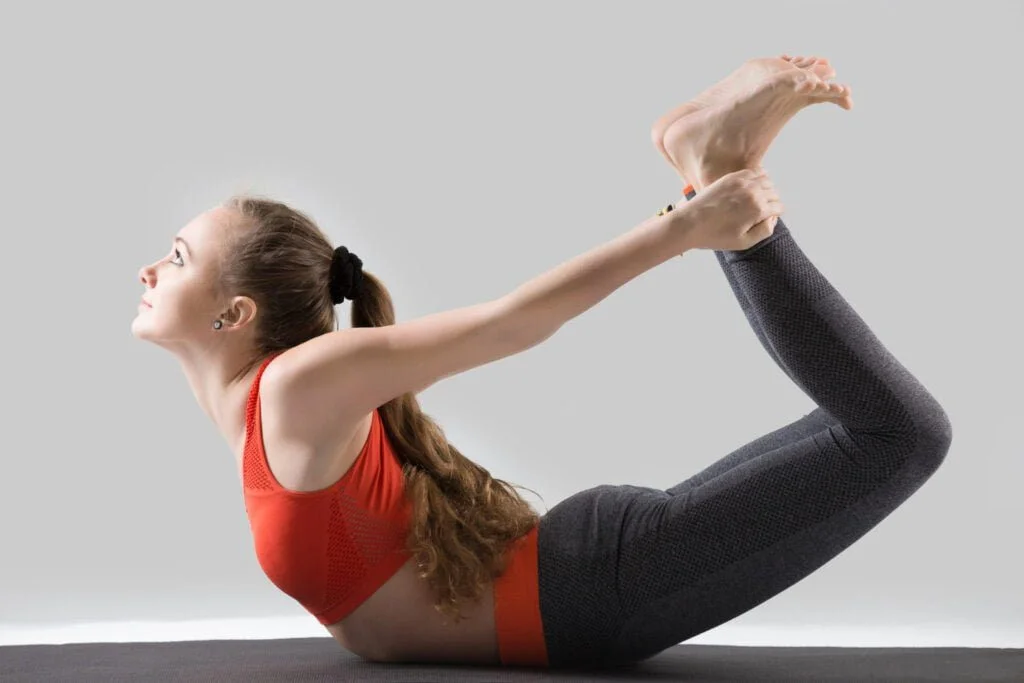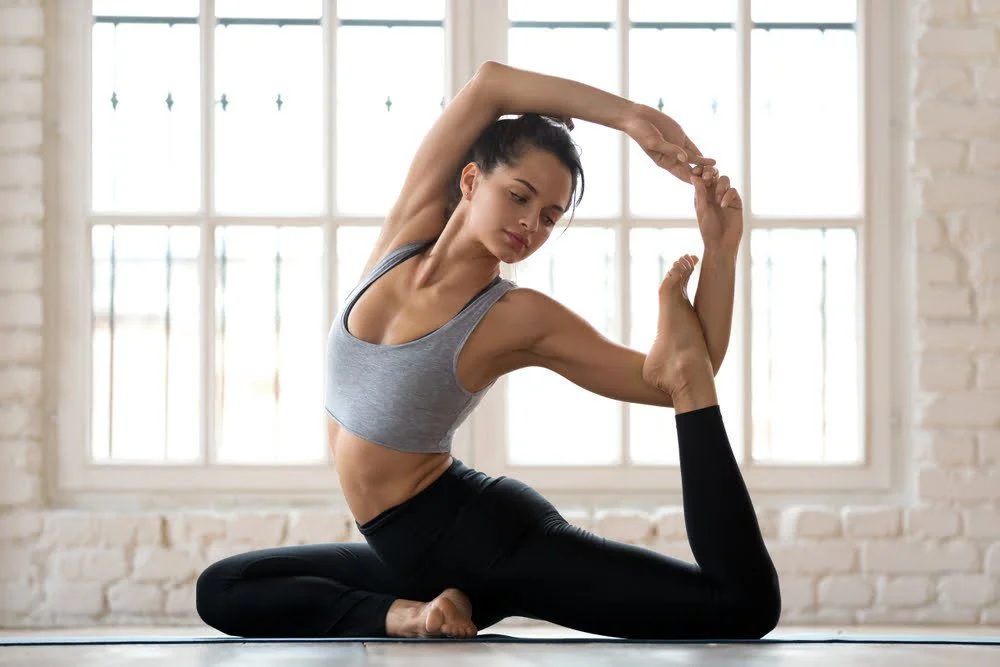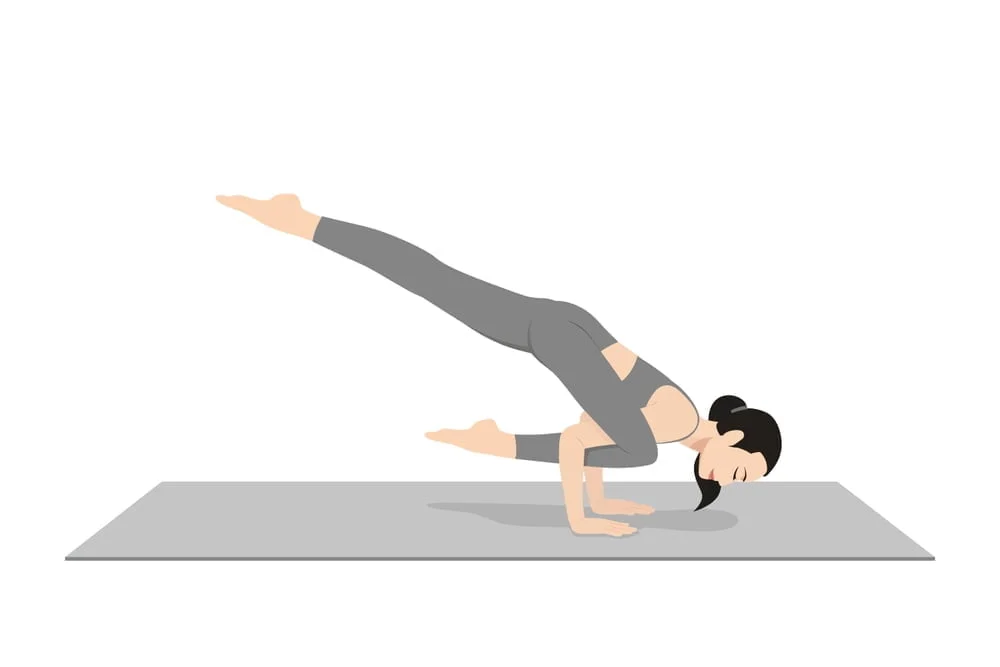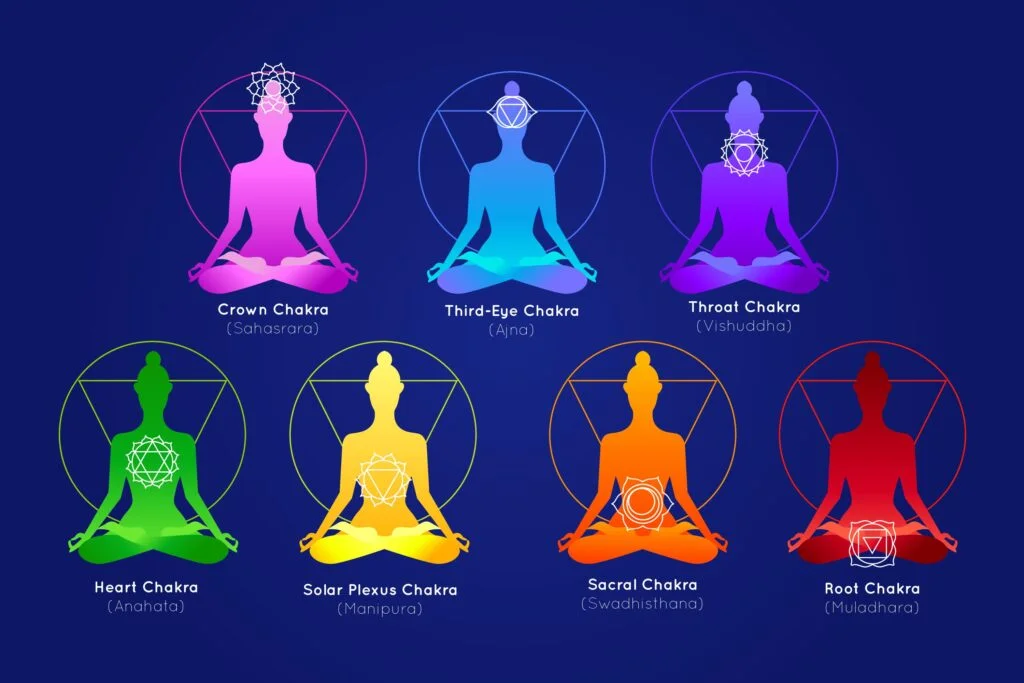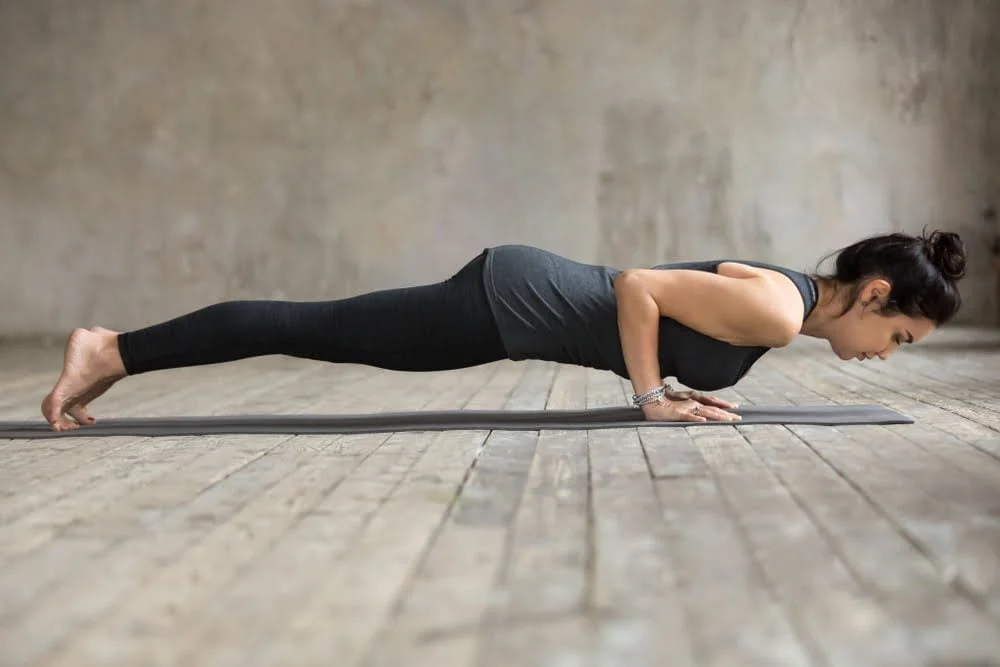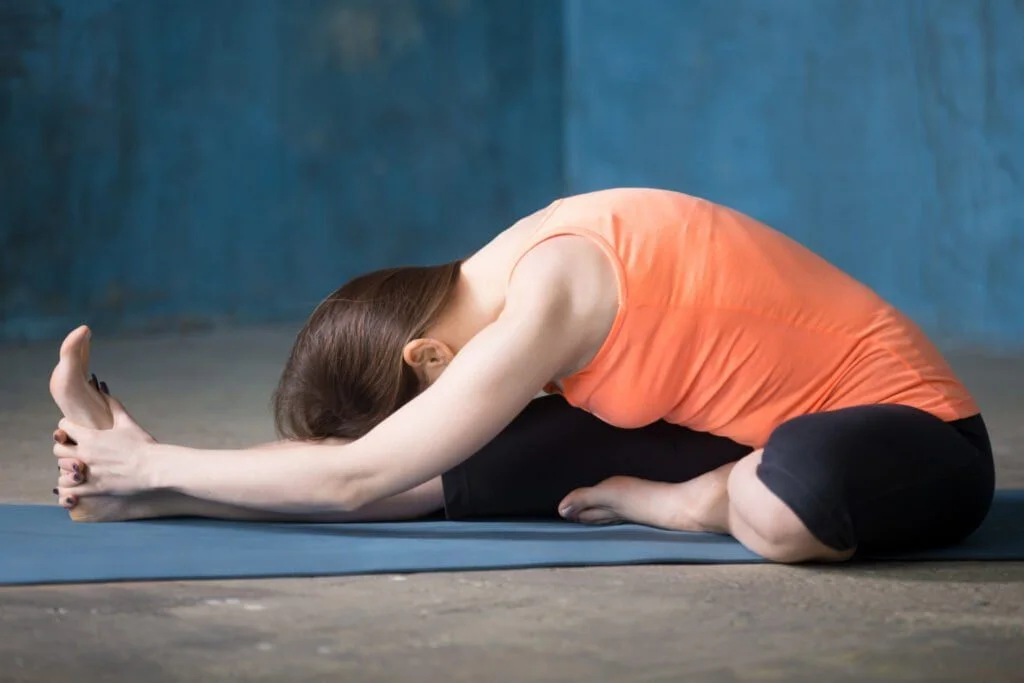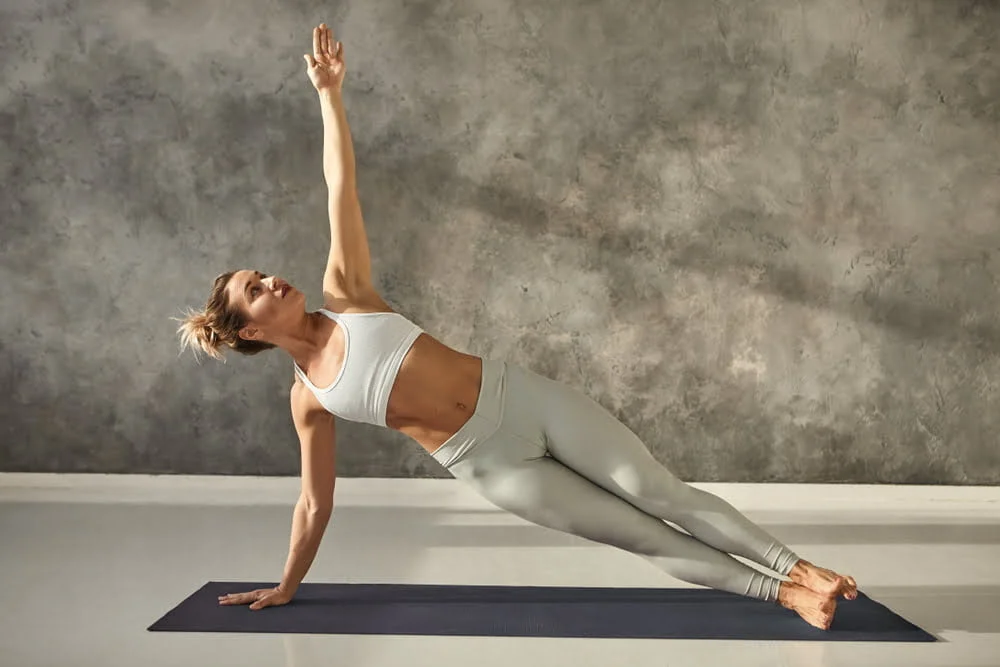The hamstrings are a muscle group made up of three muscles, semitendinosus and semimembranosus and biceps femoris, which cover the back of the thigh and run from the hip to the knee. They are elongated muscles with great tendon strength, they help us flex our knees and extend our hips. They are involved in practically all the movements we make with our legs, especially in exercises such as running, jumping, dancing and extending the hips. When running, they help to receive the weight in each stride, which is why it is very common for runners to suffer pain in this area, associated with the fact that we spend a lot of time sitting, and this causes these muscles to be shortened. We find more and more people with shortening. of hamstrings, which can lead, in addition to a loss of flexibility, punctures and pain, also to fibrillar ruptures and serious injuries.
There is no miracle to lengthen the hamstrings, but to the position that we proposed to lengthen the hamstrings, we add through this article 4 other yoga asanas to which you can dedicate a few minutes each day and that will help you recover elasticity in these muscles, reduce pain and prevent injuries.
Benefits of Yoga Postures for Hamstring.
There are numerous benefits of incorporating yoga postures specifically targeted towards the hamstring muscles. The hamstring muscles, located at the back of the thigh, play a crucial role in various movements such as walking, running, and bending. By practicing yoga postures that focus on stretching and strengthening the hamstrings, individuals can experience a wide range of advantages:
1. Improved flexibility.
Yoga postures gently stretch the hamstring muscles, gradually increasing their flexibility. This can be particularly beneficial for people who have tight hamstrings due to sedentary lifestyles or prolonged sitting, as it helps to release tension and restore a healthy range of motion.
2. Injury prevention.
Strengthening the hamstrings through yoga can significantly reduce the risk of hamstring strains or tears. By increasing muscle strength and flexibility, yoga postures can enhance the stability and support provided by the hamstrings, making them less prone to injuries during physical activities.
3. Enhanced athletic performance.
Flexible and strong hamstrings are essential for athletes in various sports such as running, dancing, and soccer. Incorporating yoga postures into their training routine can help athletes achieve optimal hamstring function, leading to improved performance, speed, agility, and overall athletic ability.
4. Relief from lower back pain.
Tight hamstrings can often contribute to lower back pain, as they can cause imbalances and strain on the lumbar spine. Yoga postures that target the hamstrings not only alleviate the tightness in these muscles but also help improve the alignment and stability of the lower back, providing relief from discomfort and promoting better posture.
5. Increased blood circulation.
Yoga postures for the hamstrings involve dynamic stretching and lengthening, which can stimulate blood flow to the area. This increased circulation helps deliver vital nutrients and oxygen to the muscles, promoting their overall health and aiding in faster recovery after exercise.
6. Stress reduction.
Engaging in yoga postures targeting the hamstrings can have a calming effect on the mind and body. The slow, controlled movements combined with deep breathing techniques help activate the parasympathetic nervous system, reducing stress levels and promoting relaxation.
7. Improved posture and body alignment.
Tight hamstrings can affect one’s posture, leading to a rounded back, anterior pelvic tilt, or other alignment issues. Yoga postures that focus on the hamstrings encourage lengthening and stretching, gradually correcting these alignment disturbances and promoting better overall posture.
| 💡 Tips FitToFar.com Incorporating yoga postures specifically designed for the hamstrings into one’s regular exercise routine can yield a multitude of benefits, including increased flexibility, improved athletic performance, injury prevention, pain relief, enhanced blood circulation, stress reduction, and better posture. Whether you are an athlete, a fitness enthusiast, or simply looking to improve your overall well-being, these yoga postures can provide a valuable addition to your health and fitness journey. |
Top 4 Yoga Postures for the Hamstrings.
The Pincer Posture (Uttanasana).
Separate your legs hip-width apart, inhale by opening your chest and bending your knees and exhale by bending your body forward from the hips, extend your knees and if you can, bring your palms to the floor, but this is not essential. If you are not very flexible, you will notice the stretching of your hamstrings without having to touch the ground.
– Most common mistake: take care of your lower back! Lengthen your back and do not curve it and bend your knees as much as you need before going down exhaling.
Reclining Big Toe Pose (Supta Padanghustasana).
Lie on the floor with your legs extended, inhale while bending one knee towards your chest and with the hand on the same side grab your big toe. As you exhale, extend your leg as much as you can, according to your degree of flexibility and without lifting the opposite hip off the ground or bending the knee. If you are not flexible, try helping yourself with a tape that allows you to keep your leg extended and stretch your hamstrings and release tension in your shoulders.
– Most common mistake: the back and hip should be touching the floor at all times, place your hand on the hip opposite the extended leg to bring it towards the floor and not let it rise.
Downward Facing Dog (Adho Mukha Svanasana).
Get on all fours on six supports: hands, knees and toes. As you exhale, raise your hips toward the sky, creating a straight line that runs from your hands to your hips. Imagine that someone brings your heels towards the ground, and you will notice the stretch in the hamstrings that run along the back of your legs. The hands and feet are very active, pushing against the ground, and the knees may be slightly bent to maintain back alignment.
– Most common mistake: lifting your heels off the ground to force your posture. It is normal that at first they do not touch the ground, but you should make an effort to try to step on the ground with your heels, even if you do not succeed, by doing so you will notice how they stretch the hamstrings.
Lateral Forward Stretch (Parsvottanasana).
Standing with the mat in front of you, take a step back and slightly rotate your back foot outward. Inhale and as you exhale, flex your trunk from the hips with your abdomen active. You can bring your arms towards the floor on either side of your front foot or shinbone, or you can bring your arms back, hugging your elbows or interlacing your hands to open your chest and avoid rounding your back. You don’t need to touch your forehead to your leg, since your hamstrings will stretch when you lower your trunk straight as you exhale. Work in that position by lengthening the spine as you inhale and deepening the stretch as you exhale.
– Most common error: the hip may turn to one side, check that it is forward and parallel to the ground.
Additional Tips For Yoga Postures for the Hamstrings.
- Warm up before attempting any hamstring stretches to prevent injury.
- Use props such as blocks or straps to modify poses and gradually increase the stretch.
- Focus on breathing deeply and relaxing into the stretch to allow the muscles to release tension.
- Avoid pushing yourself too hard and listen to your body’s limits to avoid strain or injury.
- Incorporate dynamic movements like forward folds, lunges, and leg swings to warm up and increase flexibility.
- Practice regularly to gradually improve flexibility and range of motion in the hamstrings.
- Consider seeking guidance from a certified yoga instructor to ensure proper alignment and technique.
Bottom Line.
Yoga postures can be incredibly beneficial for stretching and strengthening the hamstrings. The practice of yoga offers a wide range of postures that target the hamstrings, helping to improve flexibility, reduce tightness, and prevent injuries. Whether it is forward folds, standing poses, or seated stretches, these poses engage and lengthen the hamstrings, promoting overall muscle balance and enhancing athletic performance. Additionally, regular practice of these postures can also have a positive impact on posture, lower back pain, and overall body alignment. However, it is important to remember to approach these postures with mindfulness and respect for your body’s limitations, always listening to your body and avoiding any pain or discomfort. By incorporating yoga postures for the hamstrings into your fitness routine, you can experience the many benefits of increased flexibility, improved muscle function, and a greater sense of well-being.

 Workout
Workout
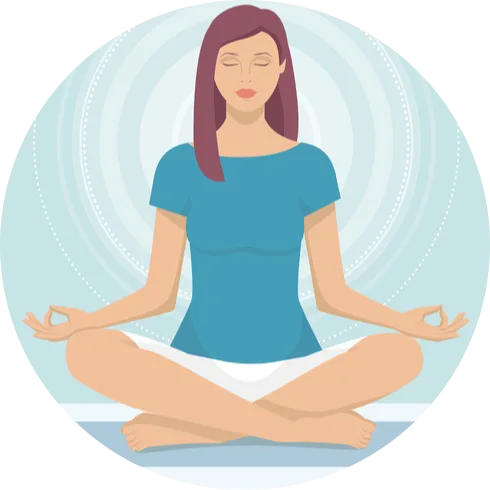 Meditation
Meditation




 Contact Us
Contact Us






